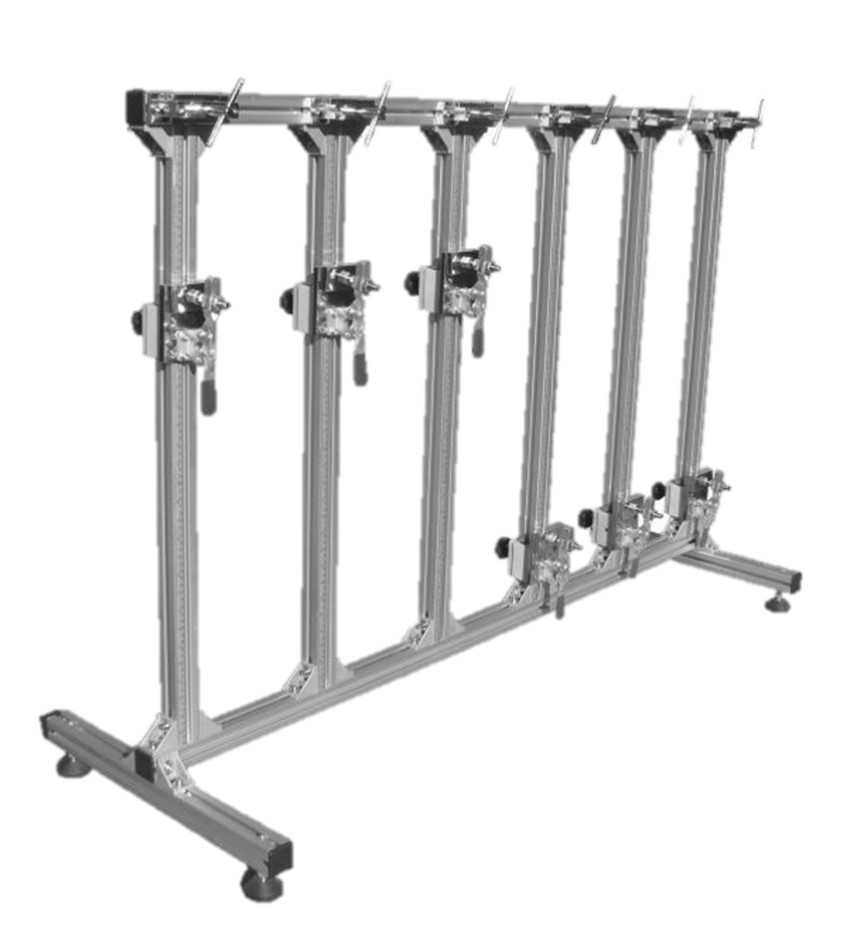How to use Fabric Tensile Tester

Fabric Tensile Tester is an instrument designed to test the tensile properties of fabrics. It is capable of measuring parameters such as tensile strength, tensile modulus, tensile ratio, tensile recovery rate, as well as tensile deformation and tensile fracture properties of fabrics. This instrument is characterized by its high precision, ease of operation, and safety and reliability, making it an essential equipment for fabric quality inspection.
Standards:
ASTM D3107 Standard Test Methods for Stretch Properties of Fabrics Woven from Stretch Yarns. ASTM D2594 Standard Test Method for Stretch Properties of Knitted Fabrics Having Low Powder

Operation:
The operation of fabric tensile testing machines typically involves the following steps:
- Sample Preparation: Prepare fabric samples of appropriate size and shape according to the requirements of the testing standard. Ensure that the samples are free of wrinkles, creases, or damage and represent the overall performance of the fabric.
- Sample Installation: Clamp the sample in the jaws of the machine, ensuring that it remains straight and without significant stress concentration during stretching.
- Parameter Setting: Set the machine parameters according to the testing standard or actual needs, such as tensile speed and jaw spacing.
- Test Initiation: Start the machine to begin applying gradually increasing tensile force. Observe the stretching process of the sample until it fractures or reaches the predetermined testing conditions.
- Data Recording: Record data during the test automatically or manually, including load-elongation curves, breaking load, and breaking elongation.
- Data Analysis: Analyze and process the collected data to evaluate the tensile properties of the fabric.
Please note that specific operation steps may vary depending on the model and manufacturer of the testing machine. Therefore, before conducting tests, it is important to carefully read the machine's user manual and operate according to its instructions.
Qinsun Instruments Co., LTD, established in 2012, focuses on the research and development, design, and production of textile testing instruments. It provides textile testing instruments and services to academic research units and testing institutions. Qinsun is currently one of the most competitive and R&D-capable manufacturers of textile testing instruments in China, with an R&D team composed of experienced engineers. We are dedicated to serving our customers with all our hearts and striving to promote technological innovation in textile testing instruments.
2025-01-09 10:06

